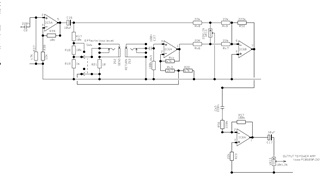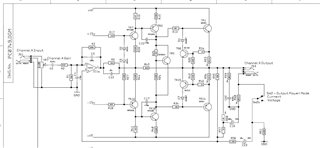Other Parts Discussed in Thread: OPA4134, , OPA1656, OPA828, OPA627, TL072, OPA1612, JFE150, OPA202, BUF634A, INA1620, OPA1678, TL074, OPA1679, OPA1641, OPA1655, OPA1611, OPA637
Hello TI Audio World,
I'm working on a Guitar audio processor design that calls for a TL74 Quad Op-Amp. I decided to update my design to have either OPA1644 or OPA4134. I read they are close in specs. My question is does anyone know which OPA would work best for Hign end Guitar Audio?




